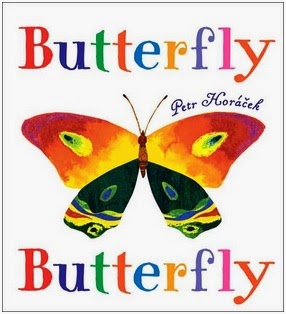Practising English with some Board Games
“…board games can teach important social skills, such as communicating verbally, sharing, waiting, taking turns, and enjoying interaction with others. Board games can foster the ability to focus, and lengthen your child's attention span by encouraging the completion of an exciting, enjoyable game. Even simple board games offer messages and life skills: Your luck can change in an instant — for the better or for the worse. The message inherent in board games is: Never give up. Just when you feel despondent, you might hit the jackpot and ascend up high, if you stay in the game for just a few more moves".
There's a list of some board games we've been playing:
- Snakes & Ladders
Test your spelling and have a bit of board game fun with this game.
The object of the game is to be the first to determine which card one's opponent has selected. Players alternate asking various yes or no questions to eliminate candidates, such as "Does this person wear glasses?" The player will then eliminate candidates by flipping those images down until all but one is left. Well-crafted questions allow players to eliminate one or more possible cards.
- Scrabble
Playing this game we practice vocabulary, spelling and writing. and we have some fun!













